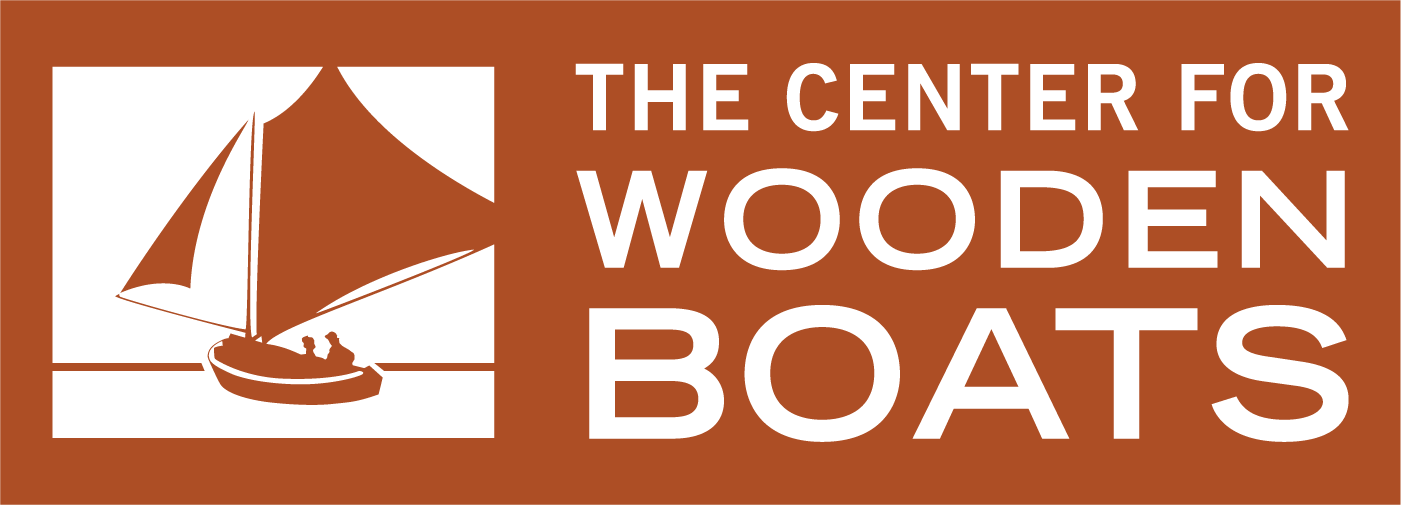Persistent Work
For generations life in Western Washington and in King County particularly has been defined by what we do where the land meets the water. Seattle’s history was shaped along its waterways. Maritime industries built structures to support boat shops and shipyards, canneries, and manufacturing of nets, sails and rigging.
Today the physical evidence of Lake Union and Salmon Bay’s industrial history is disappearing and in many cases the remaining structures are not even visible to the general public from shore. When viewed from the water there is no ready access to historical information. The very nature of the lake was changed and Seattle’s backwater began to buzz in 1916 when construction of the Chittenden Locks enabled unprecedented industrialization. The Lake and waterways hummed with the sound of boat shops and ship yards: yachts, seaplanes, fishing boats, and record breaking race boats built on Lake Union. Just as the needs of industry on Lake Union and Salmon Bay shaped our land and waterways, it also shaped surrounding neighborhoods and the people living in them. Documenting and sharing this history will create a sense of “place” for both residents and visitors to the region – connecting people with the stories that have come before.
In its Persistent Work exhibit, CWB documented three existing businesses through large format photography and historical narratives: (1) Ballard Marine Railway / Pacific Fisherman’s Boatyard (2) Jensen’s Motorboat Company (3) George Broom and Sons. CWB then shared the products of this documentation project with a public exhibition.
The high density large format photography of Abby Inpanbutr along with the interviews with the owners captured vitally important information, data and stories from the remaining historic commercial buildings that ring Lake Union and nearby waterways. As the show’s curator Andrew Washburn noted “These places tell the story of the founding and growth of Seattle as a powerful, full service, maritime port. And this is not a story just for history books. These companies are still in business and still vital, producing jobs, tools and supplies for the maritime trades.” A highlight of the exhibit was seeing different generations of the families who own the three companies visiting with each other and sharing stories.
READ MORE FROM THE PRESS
MYWALLINGFORD.COM
http://www.mywallingford.com/2012/02/03/new-exhibit-at-center-for-wooden-boats/
SEATTLE TIMES
http://seattletimes.com/html/entertainment/2017459730_weekahead12.html
KOMO NEWS
Funding generously provided by 4Culture.

